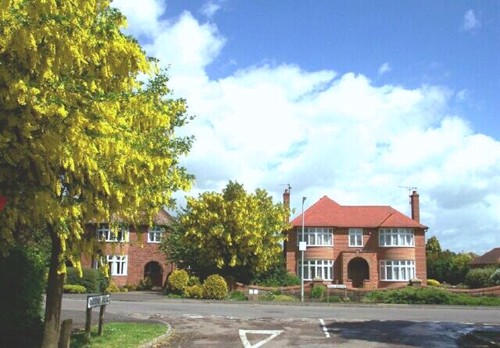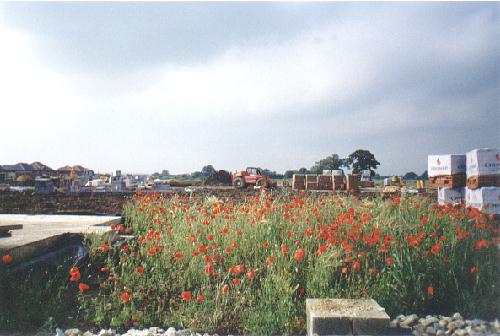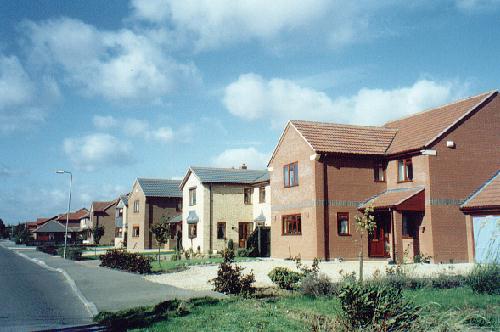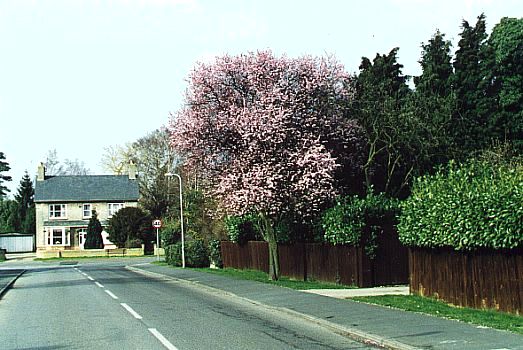|
Mill Drove
One of the most attractive thoroughfares in the town is Mill Drove, built on farmland in the second half of the 20th century when the front gardens of the houses were planted with a variety of trees and shrubs including weeping willow, japonica, forsythia, flowering cherry and magnolia that provide an attractive vista during the spring and summer months to the open fenland beyond. Until
the 19th century, this was little more than a farm track with deep ruts caused
by the regular use of wagons and horses but the first road was constructed in
1873. The Vestry Meeting on Friday 24th May instructed the surveyors of highways
"to metal and construct a hard road to be called Mill Drove" and the occupiers
of the few houses and cottages that did exist were invited to contribute by
carting in stone and gravel to assist with the work of levelling the surface.
The surrounding area was mainly agricultural land that was swallowed up by private residential development to meet the demands of the population boom that started after the Second World War and most of the properties in Mill Drove were built from 1968 onwards with the Stephenson Way estate that is attached following in the mid-1970s. Another large estate sprang up during the early 1990s after developers were given permission in 1989 to build 300 new homes on thirty acres of agricultural land on the eastern end into the fen as far as the Car Dyke where the streets have been named after Second World War locations including the Battle of Arnhem in 1944 and the Burma campaign. The buyers here included a large number of retired people from the south east anxious to escape from escalating property prices in the London area.
See also Wherry's Mill Railway gatehouses North Road
Go to: Main Index Villages Index |
||||||





